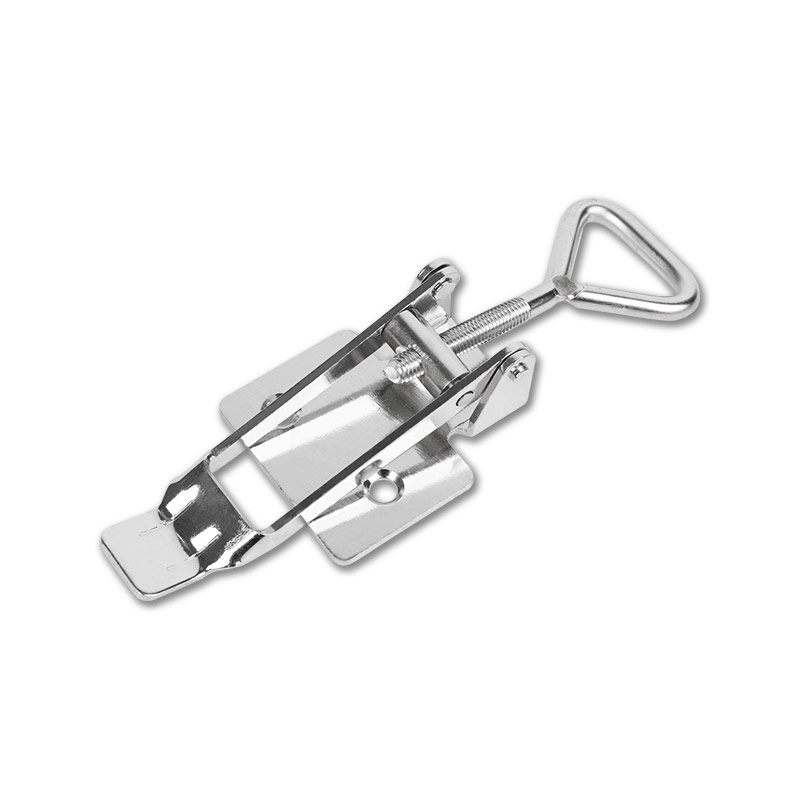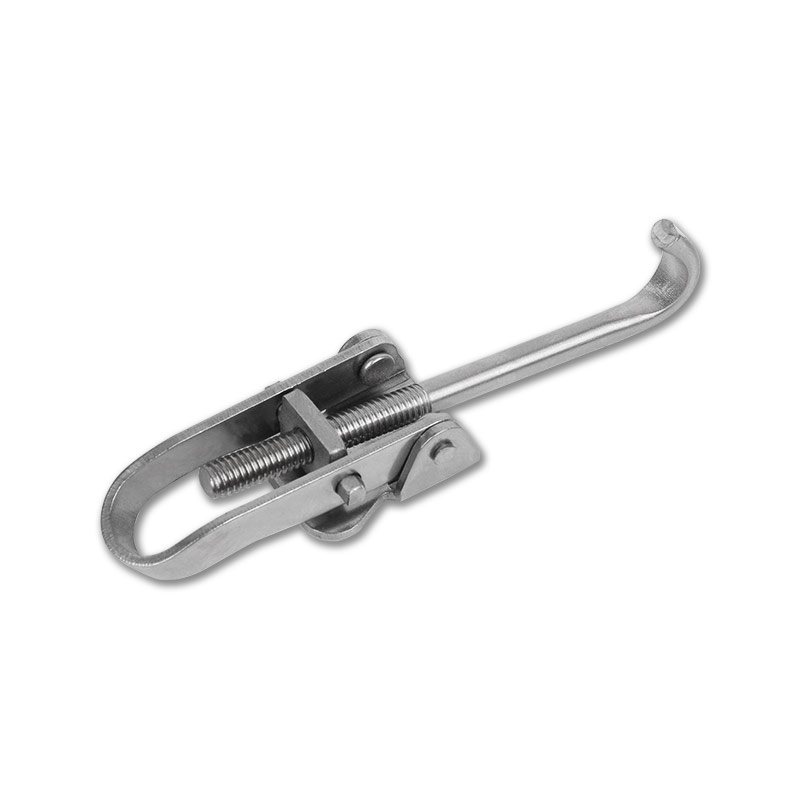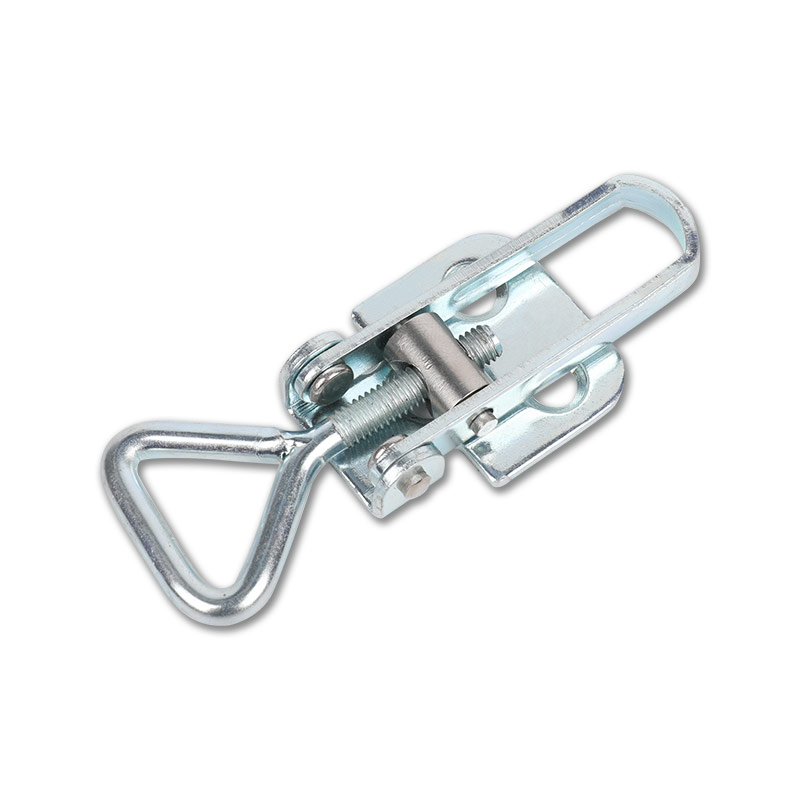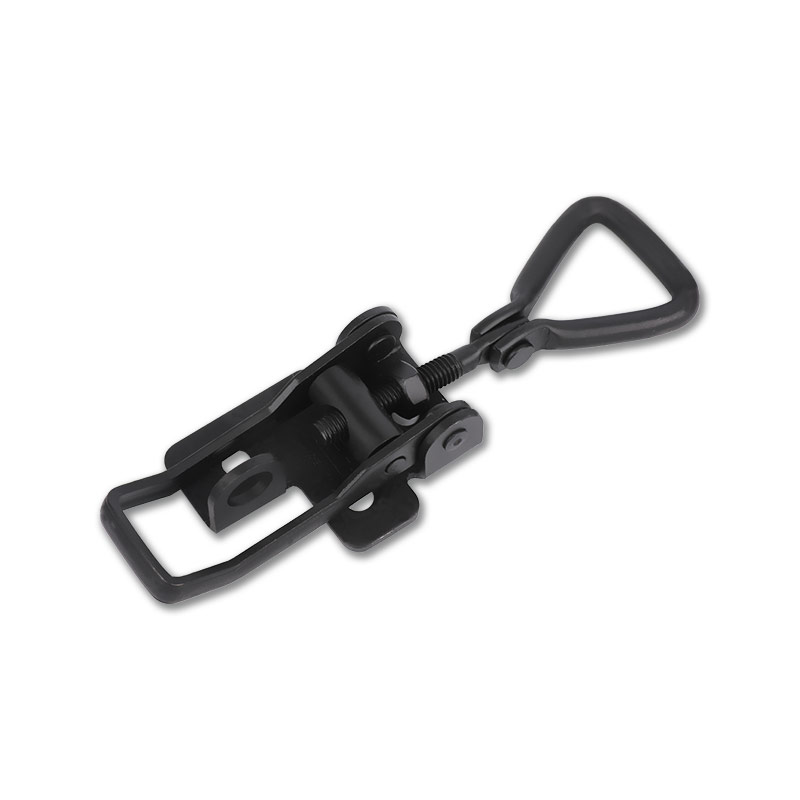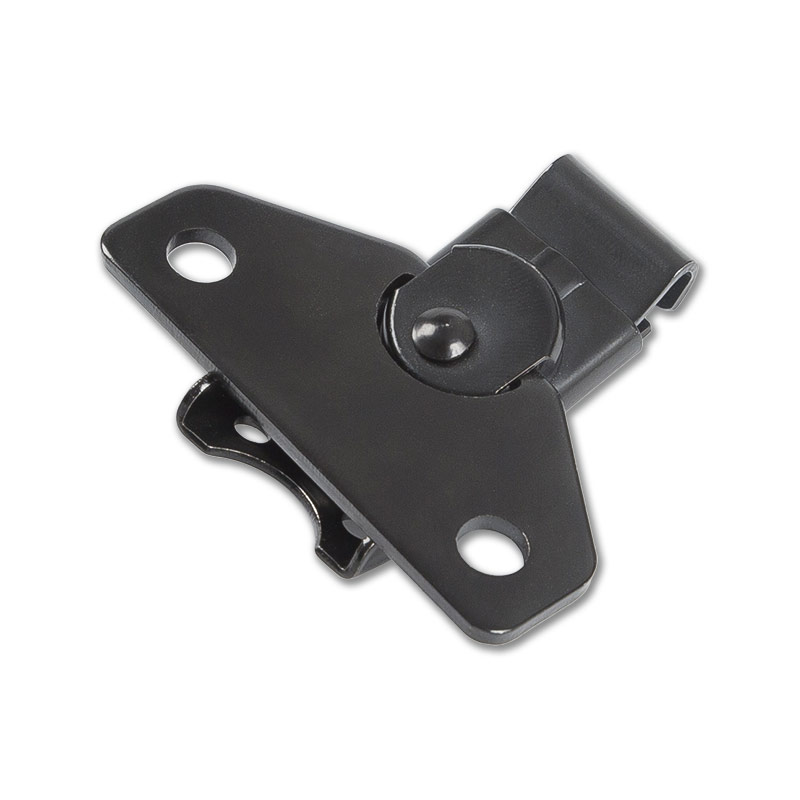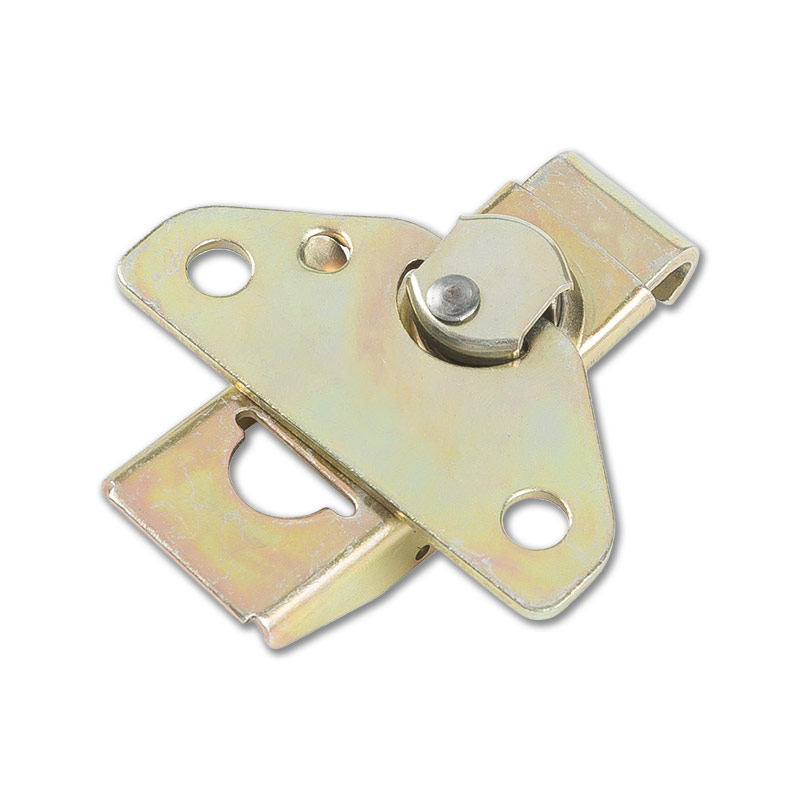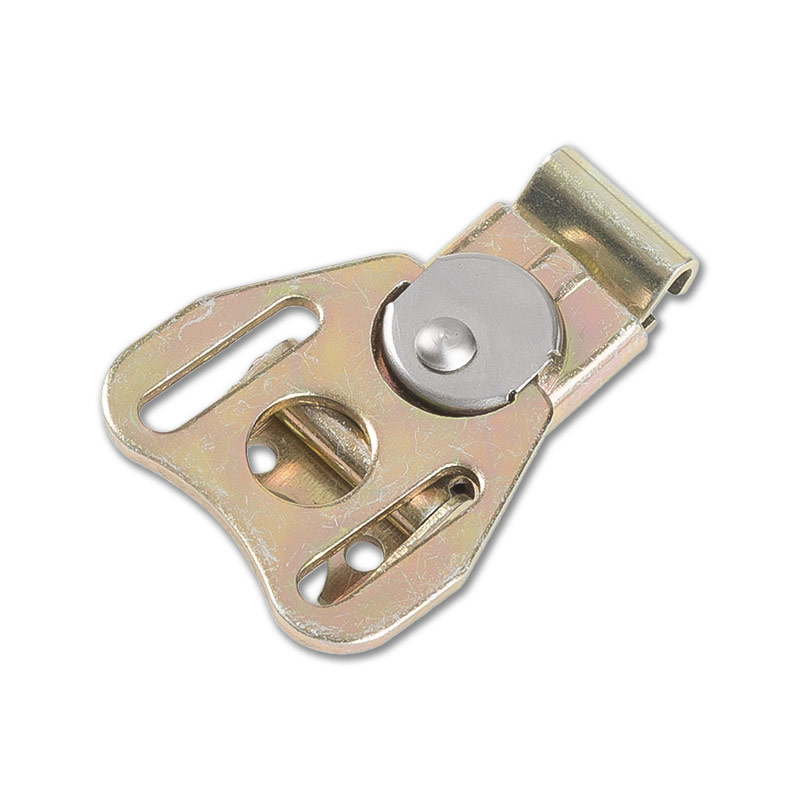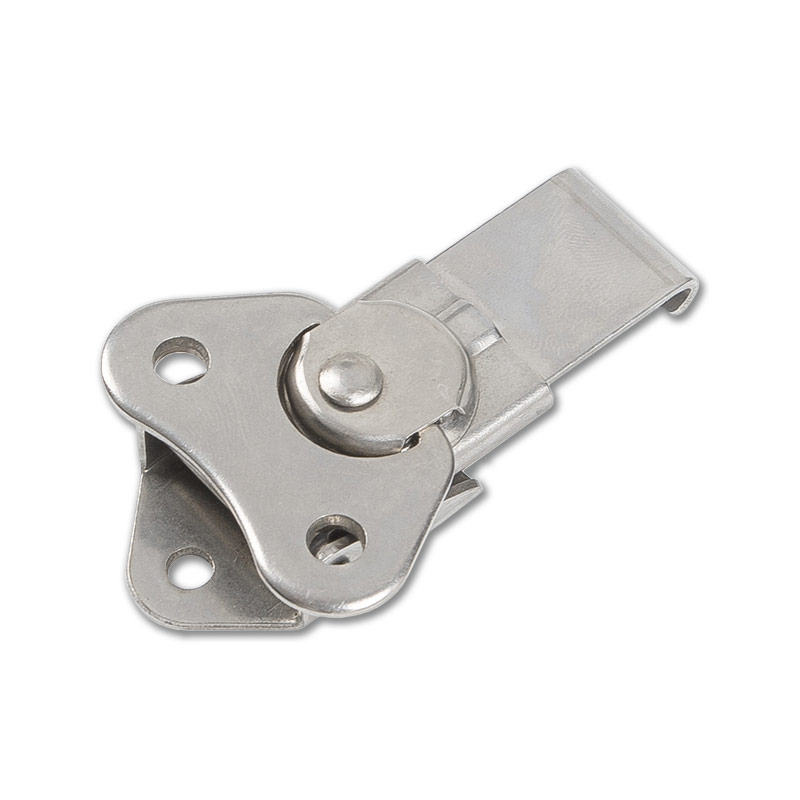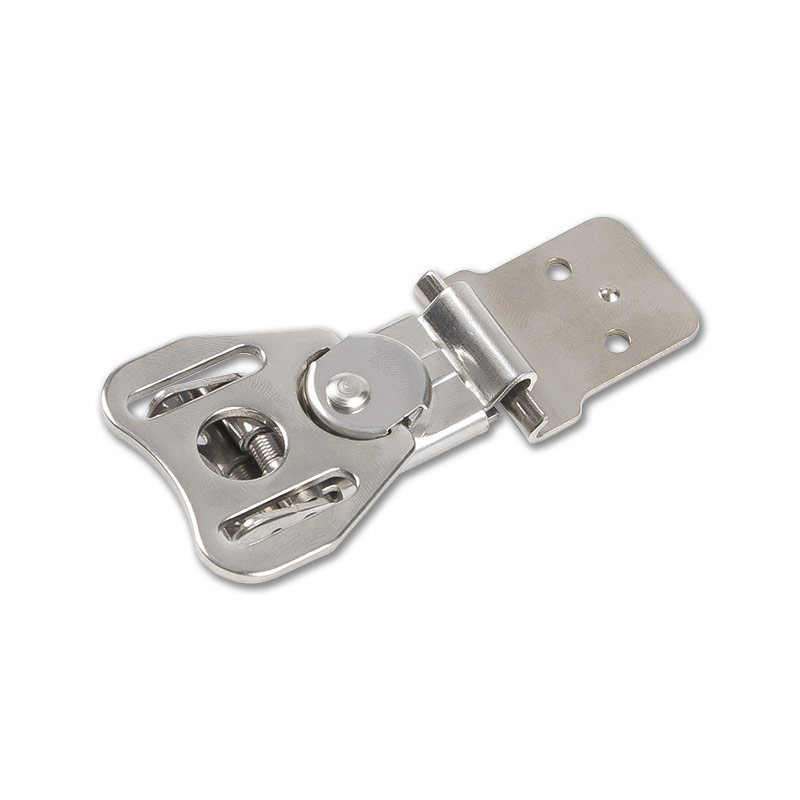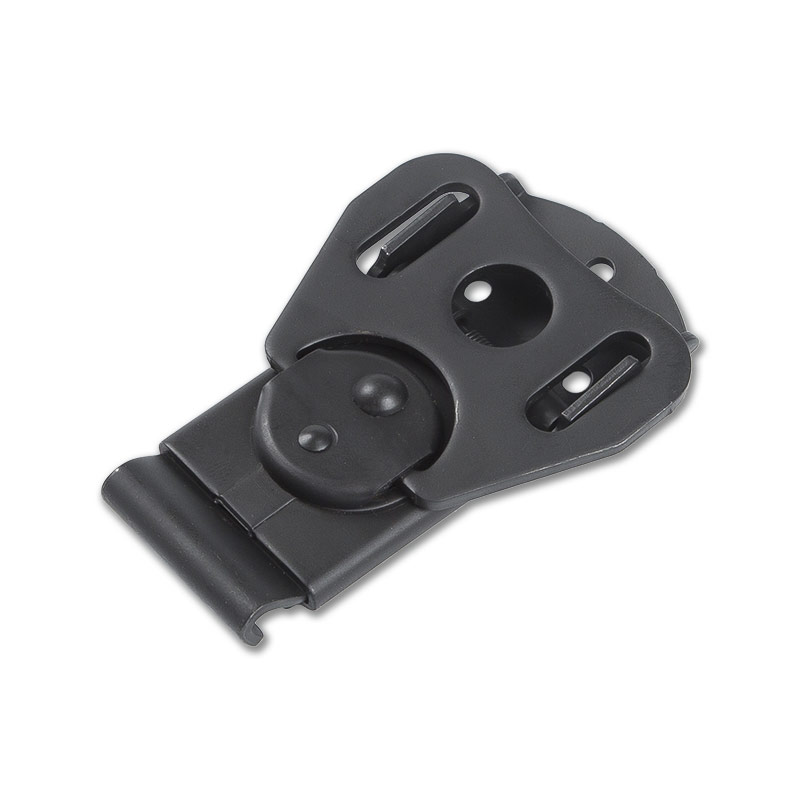The term "spring handle" is quite broad and can refer to various types of handles that incorporate a spring mechanism. The design of a spring handle can serve both safety and functionality purposes, depending on its specific application and context.
Functionality: In some cases, a spring handle might be designed primarily for functionality. For example, it could be used to provide a comfortable grip on a tool or equipment, making it easier to hold and manipulate. The spring mechanism might allow the handle to adjust or adapt to the user's grip, reducing strain or discomfort during use. This can enhance the overall usability and ergonomics of the tool or equipment.
Safety: In other cases, a spring handle might be designed with safety in mind. For example, in industrial or heavy machinery settings, spring-loaded handles could be used as emergency shut-off switches. These handles might be designed to return to a default position when released, ensuring that the machinery stops running and reducing the risk of accidents. Spring-loaded handles can also be used in situations where a rapid and controlled release is necessary, such as in fire extinguishers or safety valves.
Combination of Both: Often, the design of a spring handle can incorporate both safety and functionality aspects. For instance, a spring-loaded latch on a door might provide a secure closure (functionality) while also allowing for easy and quick opening in case of emergency (safety).
Ultimately, whether a spring handle is primarily designed for safety or functionality depends on its intended use and the specific requirements of the application. Many designs aim to strike a balance between these two factors to ensure that users can effectively and safely interact with the object or equipment.

 English
English Español
Español